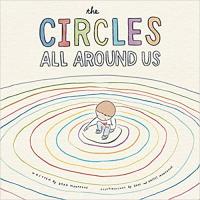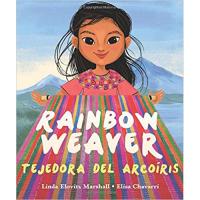In this lesson we learn the history of the Indigenous people who lived in our specific area. We learn that language matters, and there is a respectful way to talk about the heritage of a person who was first to live in an area.
- Read more about Indigenous Heritage Appreciation
- Log in or register to post comments


